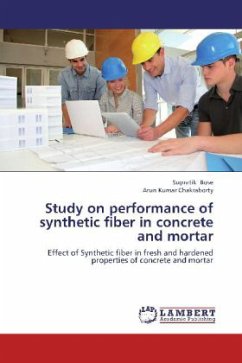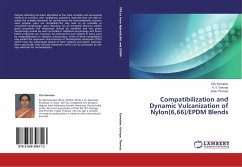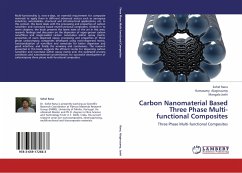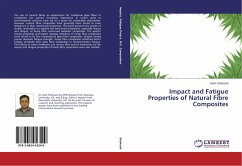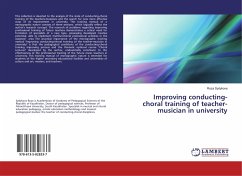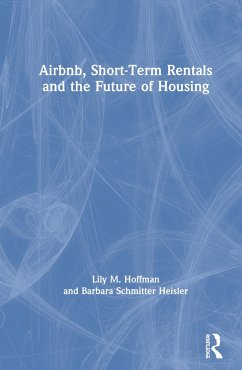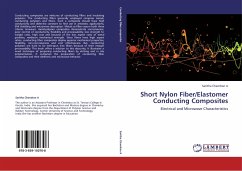
Short Nylon Fiber/Elastomer Conducting Composites
Electrical and Microwave Characteristics
Versandkostenfrei!
Versandfertig in 6-10 Tagen
52,99 €
inkl. MwSt.

PAYBACK Punkte
26 °P sammeln!
Conducting composites are mixtures of conducting fillers and insulating polymers. The conducting fillers generally employed comprise metals, conducting polymers and fibers. Such a composite should have high conductivity and dielectric constant to find use in antistatic applications, EMI shielding and microwave absorption. Metals as fillers assure both these criteria. However, metal-polymer composites demonstrate corrosiveness, poor control of conductivity, flexibility and processability, low strength to weight ratio, high cost and because of the low aspect ratio of metal particles, mediocre me...
Conducting composites are mixtures of conducting fillers and insulating polymers. The conducting fillers generally employed comprise metals, conducting polymers and fibers. Such a composite should have high conductivity and dielectric constant to find use in antistatic applications, EMI shielding and microwave absorption. Metals as fillers assure both these criteria. However, metal-polymer composites demonstrate corrosiveness, poor control of conductivity, flexibility and processability, low strength to weight ratio, high cost and because of the low aspect ratio of metal particles, mediocre mechanical strength. Since fibers have high aspect ratios, conducting fiber composites display superior mechanical properties, flexibility, non-corrosiveness and cost effectiveness. But, conducting polymers are hard to be melt-spun into fibers because of their meager processability. This book offers a solution to this obscurity. It illustrates a novel technique of preparing conducting fibers by etching and in situ polymerization. It comprises the preparation of conducting fiber composites and their dielectric and microwave behavior.




